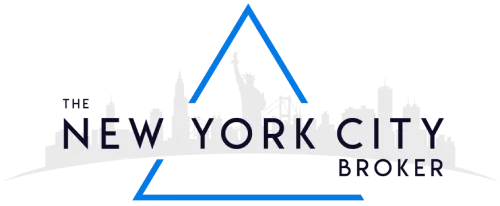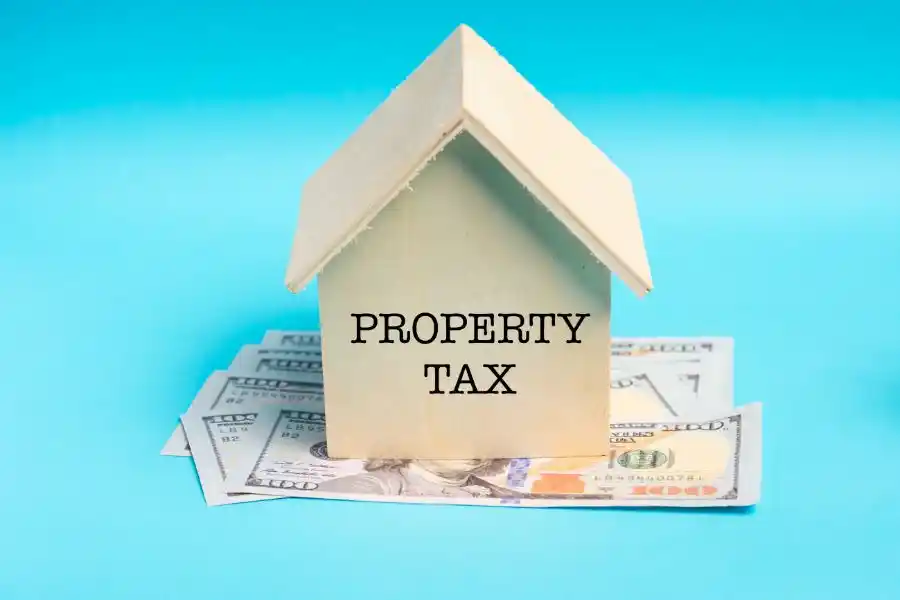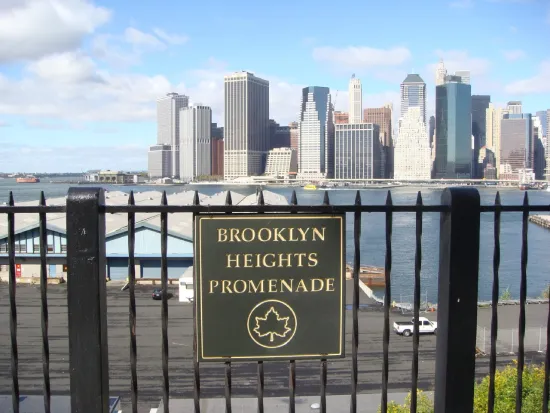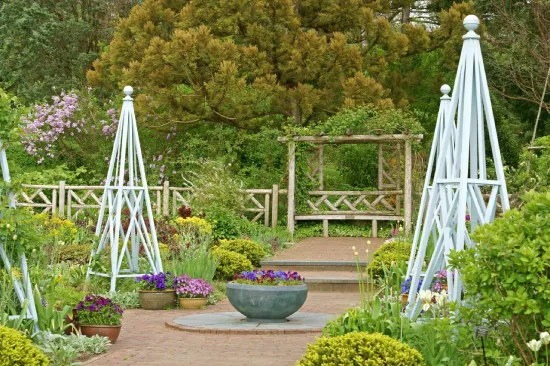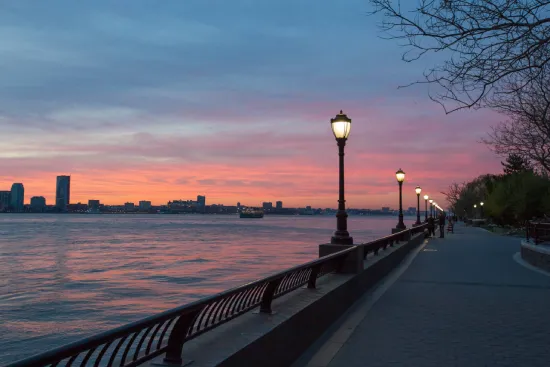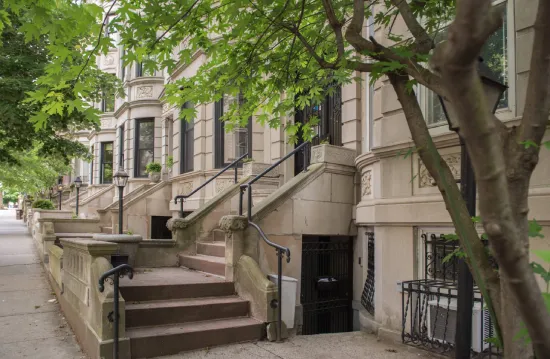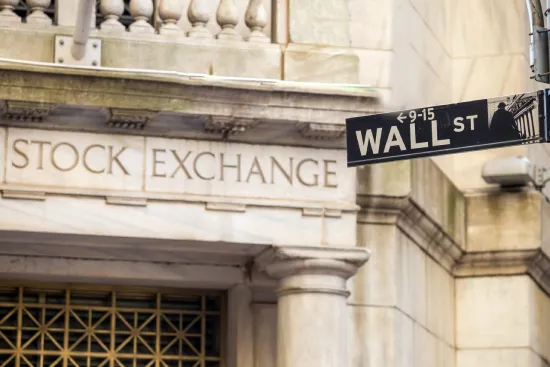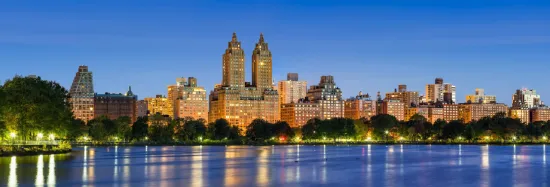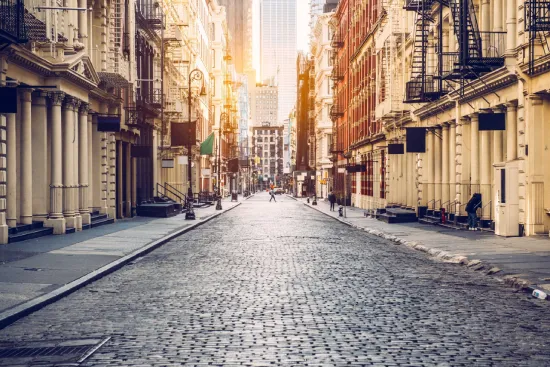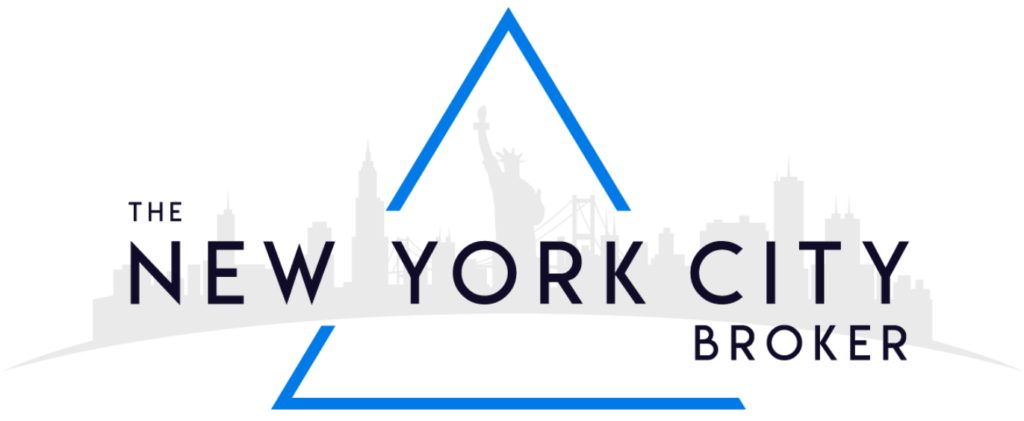Geography
History
Origin Of The Name
Main Attractions Of The Neighborhood
1. L’Artusi (228 W 10th St): It’s a fancy Italian restaurant famous for its pasta and wine selection. You may have to call ahead for a reservation (days ahead).
2. Via Carota (51 Grove St): Another famous Italian place in the neighborhood, Via Carota, is beloved for its rustic ambiance (modeled after an Italian farmhouse) and is famous for its pasta and Cacio e Pepe.
3. Art Bar (52 8th Ave): If you are looking for a cozy, comfortable bar with couches and an amazing vibe, this is the place to go.
4. Sevilla (62 Charles St): It’s a food establishment with Spanish roots, one of the few in the neighborhood. The place offers a Sangria that’s very difficult to beat.
5. Katana Kitten (531 Hudson St): It’s one of the most coveted places for cocktails. It offers a cool setting and great sake (A Japanese drink).
6. St. Joseph’s Church in Greenwich Village (371 6th Ave): It’s a Roman Catholic parish church built in 1834 and the oldest Roman Catholic Sanctuary in NYC.
7. Our Lady of Pompeii Church (25 Carmine St): Founded in 1892, it was built as a national parish to serve the Italian immigrants in the city. It’s a beautiful structure.
8. Carrie Bradshaw’s Apartment (66 Perry St): This beautiful little brownstone is not famous for its architecture, but for the TV show Sex and the City.
9. Bell Laboratories Building (463 West St): This 13-building complex was once the largest industrial research center in the country. This building was home to groundbreaking research.
10. Cherry Lane Theater (38 Commerce St): It’s an off-Broadway theater (seating capacity between 100 and 499), and it’s the oldest one of its kind continually running in NYC.
11. The Stonewall Inn (53 Christopher St): It’s a designated historic landmark and a bar that signifies the start of the gay rights movement.
12. Friends Apartment (90 Bedford St): The Building associated with the “Friends” show is a major tourist attraction. The original structure is from 1898-1899.
13. Museum of Illusions (77 8th Ave): A museum filled with optical illusions might not seem too grand an attraction, but this little West Village attraction can be quite mind-blowing.
14. Pier 45 at Hudson River Park (Hudson River Greenway): It’s a picturesque park that offers amazing waterfront views and has a calm and quiet environment, making it a perfect place to relax.
15. James J Walker Park (Hudson St): It’s a 1.6-acre public park with a handball court, soccer field, and other activities for children. A good place for families with kids to visit.
What Is West Village Known For?
- Being a bohemian culture hotspot.
- Being home to the birthplace (Stonewall Inn) of the modern LGBT movement.
- Amazing and thriving nightlife and great food establishments.
- Its cobbled streets and sandstone architecture.
Population
Interesting Facts About West Village
- It was home to the first racially integrated club in the country.
- The smallest freestanding structure in New York in the neighborhood. It’s 125-square feet store named Greenwich Locksmiths (56 7th Ave S). Its owner was offered $2 million for the place by Chase Bank, but he turned them down.
- It’s also home to the narrowest building in New York (75½ Bedford St), built in 1873, is also one of the few NYC buildings with a fractional address. It was made by filling in the carriage passage between the neighboring houses. It’s just 9 and a half feet wide and was home to some famous New Yorkers.
